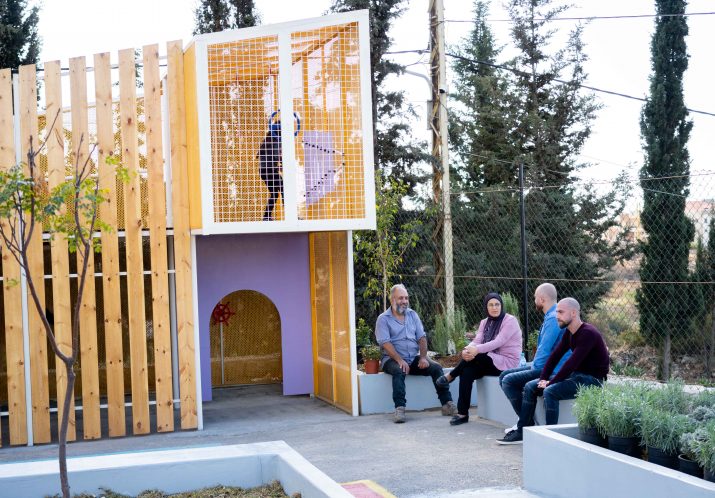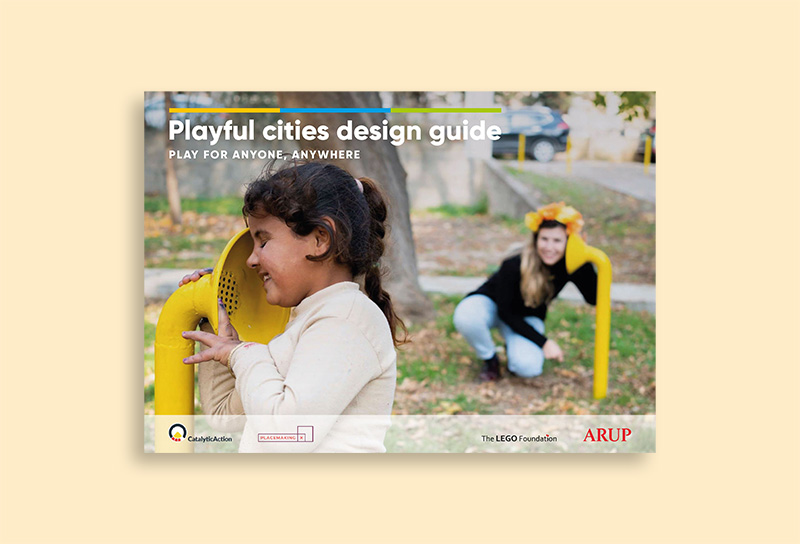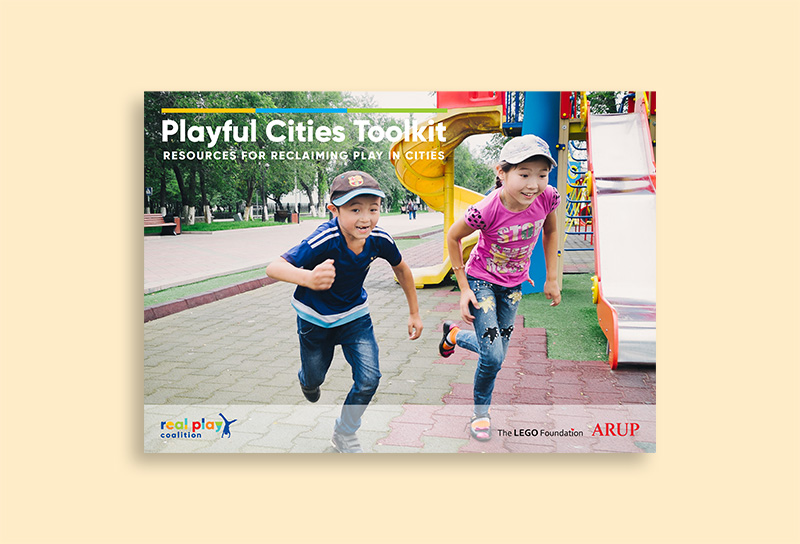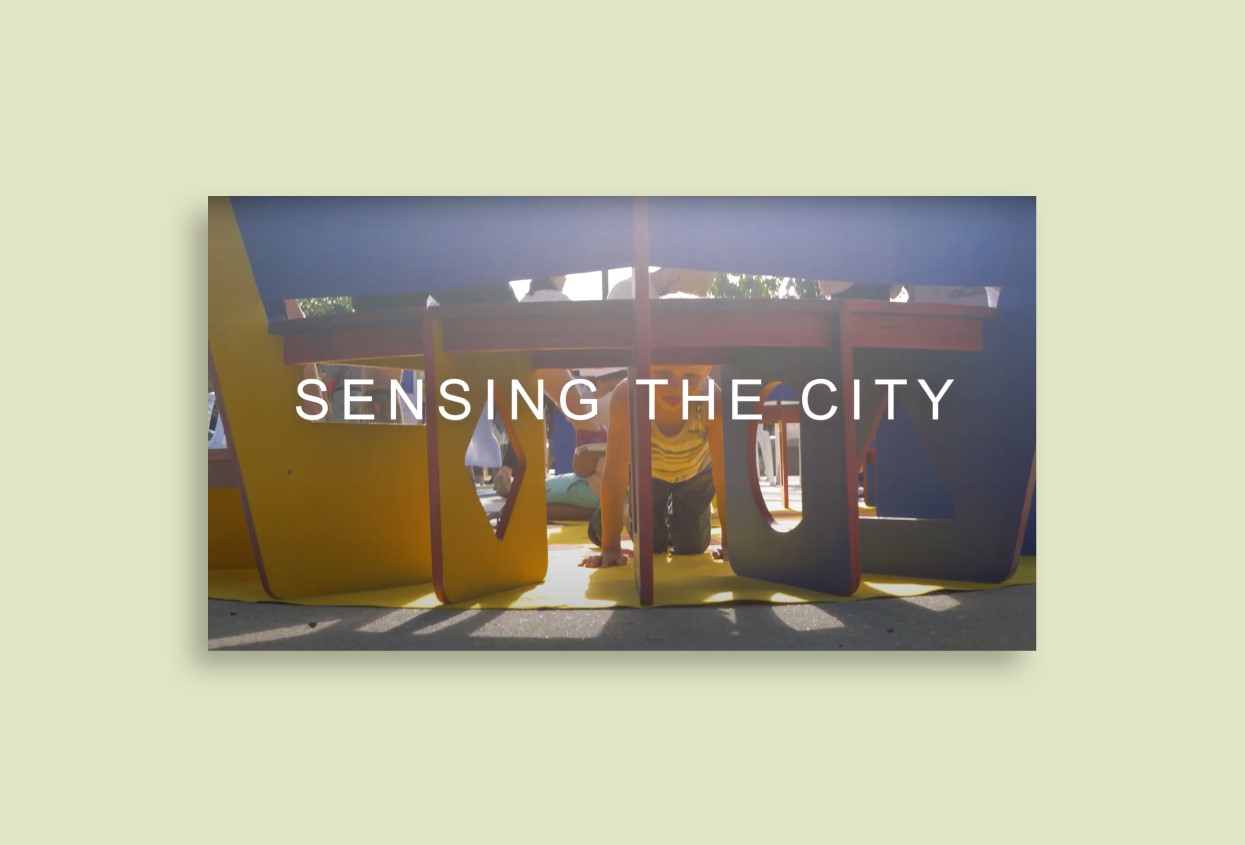
Overview
Four ‘Inclusive Parks’ created by Catalytic Action aim to promote inclusive public spaces for children in vulnerable locations in Lebanon. While inclusive public spaces are scarce and often not a priority for local municipalities, they are spaces accessible to everyone, including women, children, elderly, and people with disabilities. Children with disabilities greatly benefit from using accessible and inclusive public spaces where they can play with their parents and friends. These spaces represent a physical place for equality in a country where social segregation and tension are strongly present. The interventions all aim to create spaces where children, with or without disabilities, can come together and play, designed to accommodate different age groups. The spaces also include designated areas for parents, such as shaded seating areas, to allow both parents and children to use the public spaces. Catalytic Action have since expanded the concept to Inclusive Playscapes in other areas of the city.
Location:
Arsal, Hermel, Barja and Qaraoun, Lebanon
Organisation:
Catalytic Action
Partner organisations:
UNICEF, Terre des Hommes Italia (TDH), Amel Association International (Amel)
Beneficiary:
Children all ages, caregivers
Scale of proximity:
Neighbourhood
Built environment component:
Public space, parks
Design insights
Spatial/physical:
A ‘playful ramp’ offers a play experience for all children, while at the same time allowing people with disabilities to access the upper level of the existing public space.
The park has been equipped with an accessible toilet, which was built by transforming the existing non-accessible facilities into fully accessible ones.
Visual/Aesthetic:
’Playful stations’ offer different play experiences such as active play, imaginative play and sensory play, through mimicking the local landscape.
Playground components painted yellow to create contrast with the green of the grass, trees and plants.(3) A sea view was an important element that greatly shaped the design. An accessible ramp leads to a raised platform that offers a clear and peaceful view as a connection to the sea.
Material:
The project aims to practically demonstrate that inclusive spaces can be constructed with local materials and skills, hence also benefiting the local economy in the process.
Process:
Participatory design activities were conducted engaging people from different nationalities, genders and age groups (children, youth and parents) and people with disabilities.
Location:
Existing public parks were chosen as the ideal location for this intervention, as the parks were already used by families and known within the local communities as a space for community activities and leisure.
Implementation insights
Intervening existing spaces gives added value to the projects, as the existing social dynamics can be enhanced through the implementation of inclusive spaces.



